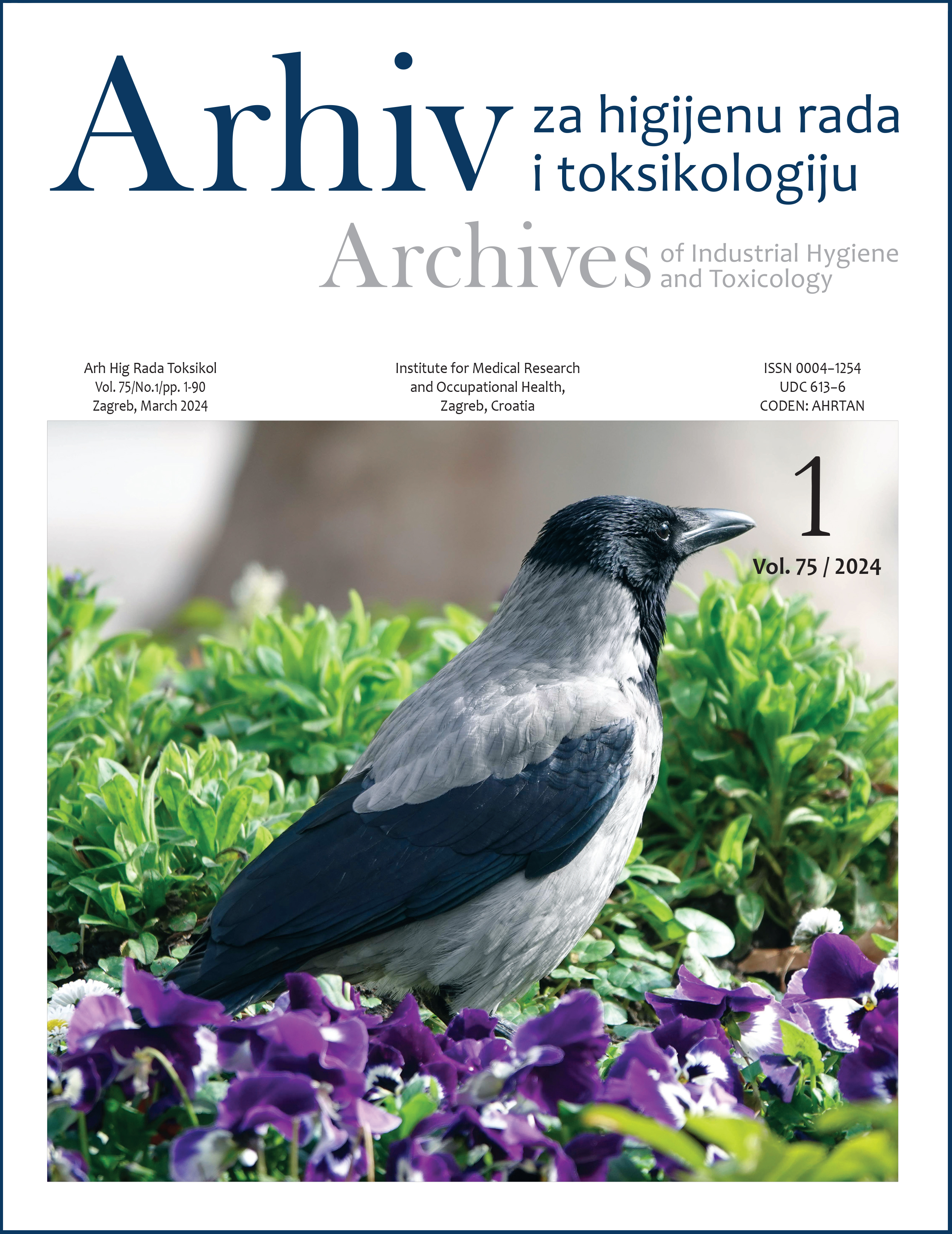Evaluation of the risk of occupational exposure to antineoplastic drugs in healthcare sector: part II – the application of the FMECA method to compare manual vs automated preparation
DOI:
https://doi.org/10.2478/aiht-2024-75-3803Keywords:
acceptable risk levels, failure mode effects and criticality analysis, measured risk levels, risk priority numberAbstract
Healthcare workers handling antineoplastic drugs (ADs) in preparation units run the risk of occupational exposure to contaminated surfaces and associated mutagenic, teratogenic, and oncogenic effects of those drugs. To minimise this risk, automated compounding systems, mainly robots, have been replacing manual preparation of intravenous drugs for the last 20 years now, and their number is on the rise. To evaluate contamination risk and the quality of the working environment for healthcare workers preparing ADs, we applied the Failure Mode Effects and Criticality Analysis (FMECA) method to compare the acceptable risk level (ARL), based on the risk priority number (RPN) calculated from five identified failure modes, with the measured risk level (MRL). The model has shown higher risk of exposure with powdered ADs and containers not protected by external plastic shrink film, but we found no clear difference in contamination risk between manual and automated preparation. This approach could be useful to assess and prevent the risk of occupational exposure for healthcare workers coming from residual cytotoxic contamination both for current handling procedures and the newly designed ones. At the same time, contamination monitoring data can be used to keep track of the quality of working conditions by comparing the observed risk profiles with the proposed ARL. Our study has shown that automated preparation may have an upper hand in terms of safety but still leaves room for improvement, at least in our four hospitals.














